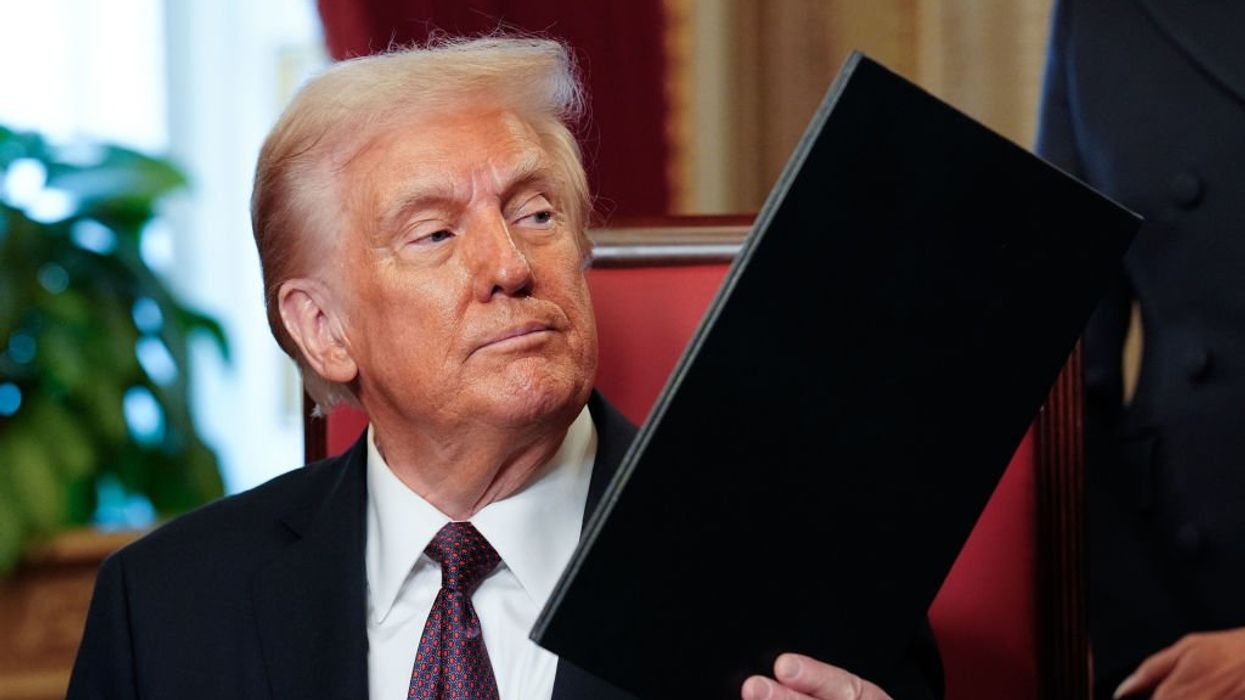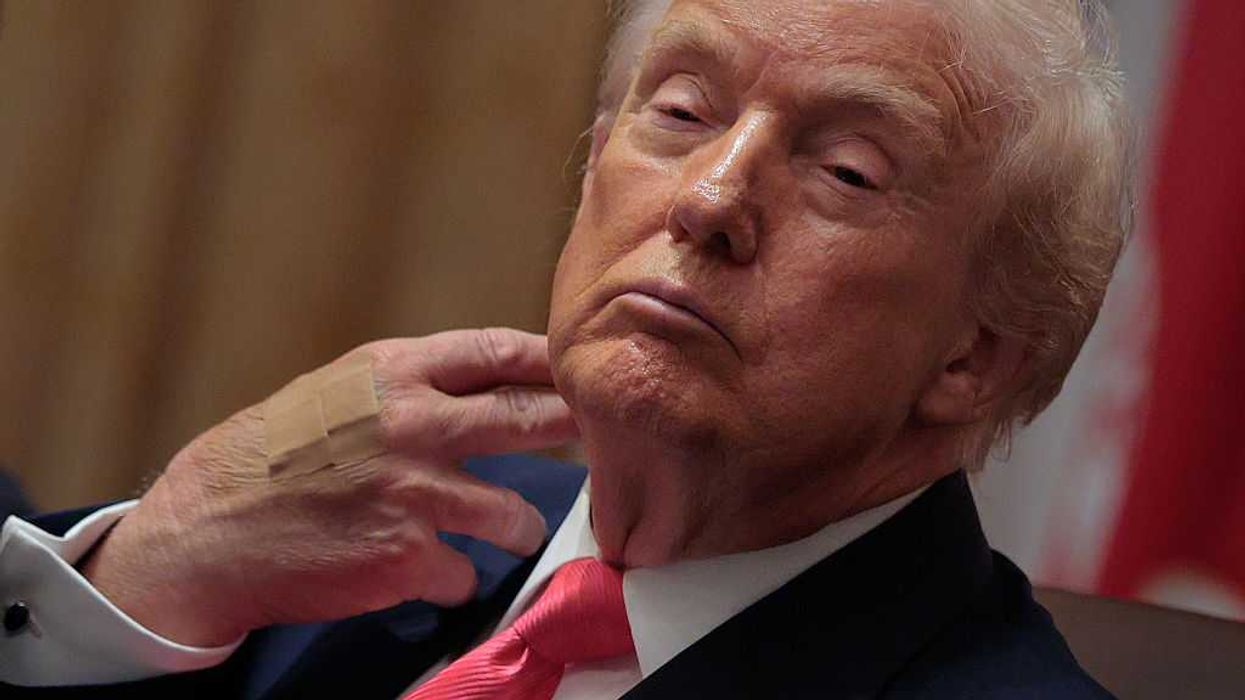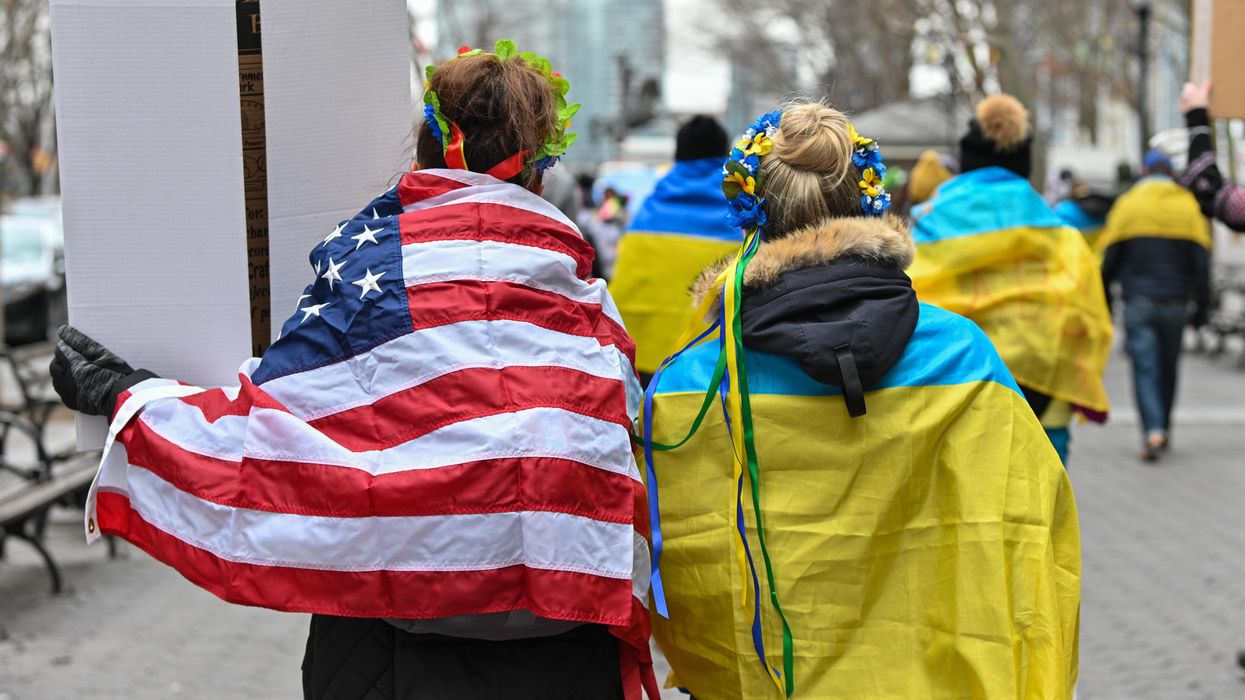Before his inauguration, Donald Trump promised to issue a total of 100 or so executive orders once he regained the presidency. These orders reset government policy on everything from immigration enforcement to diversity initiatives to environmental regulation. They also aim to undo much of Joe Biden’s presidential legacy.
Trump is not the first U.S. president to issue an executive order, and he certainly won’t be the last. My own research shows executive orders have been a mainstay in American politics – with limitations.
What is an executive order?
Though the Constitution plainly articulates familiar presidential tools like vetoes and appointments, the real executive power comes from reading between the lines.
Presidents have long interpreted the Constitution’s Article 2 clauses – like “the executive power shall be vested in a President” and “he shall take care that the laws be faithfully executed” – to give them total authority to enforce the law through the executive branch, by any means necessary.
One leading way they do that is through executive orders, which are presidential written directives to agencies on how to implement the law. The courts view them as legally valid unless they violate the Constitution or existing statutes.
Executive orders, like other unilateral actions, allow presidents to make policy outside of the regular lawmaking process.This leaves Congress, notoriously polarized and gridlocked, to respond.
Thus, executive orders are unilateral actions that give presidents several advantages, allowing them to move first and act alone in policymaking.
How have they historically been used?
Every U.S. president has issued executive orders since they were first systematically cataloged in 1905.
In March of 2016, then-presidential candidate Donald Trump criticized President Obama’s use of executive orders.
“Executive orders sort of came about more recently. Nobody ever heard of an executive order. Then all of a sudden Obama – because he couldn’t get anybody to agree with him – he starts signing them like they’re butter,” Trump said. “So I want to do away with executive orders for the most part.”
Little in this statement is true.
Obama signed fewer orders than his predecessors – averaging 35 per year. Trump issued an average of 55 per year.
Against conventional wisdom, presidents have relied less on executive orders over time. Indeed, modern presidents used drastically fewer orders per year – an average of 59 – than their pre-World War II counterparts, who averaged 314.
Executive orders have been used for everything from routine federal workplace policies like ethics pledges to the controversial 2017 travel ban restricting entry into the United States.
They have been used to manage public lands, the economy, the civil service and federal contractors, and to respond to various crises such as the Iran hostage situation and the COVID-19 pandemic.
Presidents often use them to advance their biggest agenda items, by creating task forces or policy initiatives and directing rulemaking, the process for formally translating laws into codified policy.
Limitations in their use
Why don’t presidents always issue executive orders, a seemingly powerful policy device? Because they come with serious constraints.
First, executive orders may not be as unilateral as they seem. Drafting an order involves a time-consuming bargaining process with various agencies negotiating its content.
Second, if they are issued without proper legal authority, executive orders can be overturned by the courts – although that happens infrequently.
Trump’s 2017 travel ban faced several legal challenges before it was written in a way to satisfy the court. Many of his initial orders, on the other hand, didn’t face legal scrutiny because they simply requested agencies to work within their existing authority to change important policies like health care and immigration.
Congress is another barrier, as they give presidents the legal authority to make policy in a certain area. By withholding that authority, Congress can deter presidents from issuing executive orders on certain issues. If the president issues the order anyway, the courts can overturn it.
Legislators can also punish presidents for issuing executive orders they do not like by sabotaging their legislative agendas and nominees or defunding their programs.
Even a polarized Congress can find ways to sanction a president for an executive order they don’t like. For example, a committee can hold an oversight hearing or launch an investigation – both of which can decrease a president’s public approval rating.
Congresses of today are equipped to impose these constraints and they do so more often on ideologically opposed administrations. This is why scholars find modern presidents issue fewer executive orders under divided government, contrary to popular media narratives that present executive orders as a president’s way of circumventing Congress.
Finally, executive orders are not the last word in policy. They can be easily revoked.
New presidents often reverse previous orders, particularly those of political opponents. Biden, for instance, quickly revoked Trump’s directives that excluded undocumented immigrants from the U.S. Census.
All recent presidents have issued revocations, especially in their first year. They face barriers in doing so, however, including public opinion, Congress and legal limitations.
Regardless, executive orders are not as durable as laws or regulations.
Constraints on Trump
Some of Trump’s executive orders, particularly those focused on the economy, will require legislation since Congress holds the purse strings.
Though Trump inherits a Republican House and Senate, their majorities are marginal, and moderate party dissenters may frustrate his agenda. Even so, he will undoubtedly use all available legal authority to unilaterally transform his goals into government policy.
But then again, these directives may be undone by the courts – or by the next president with the stroke of a pen.
Sharece Thrower is an Assistant Professor of Political Science at Vanderbilt University. Her research focuses on how both Congress and the courts constrain the president’s use of various policy instruments such as executive orders, signing statements, rule making and regulatory review.




















 Despite signing a mortgage that pledged he would live in each house, Trump listed both homes as rentals. Palm Beach Daily News via Newspapers.com. Redactions by ProPublica.
Despite signing a mortgage that pledged he would live in each house, Trump listed both homes as rentals. Palm Beach Daily News via Newspapers.com. Redactions by ProPublica.
 In 1993, Trump signed a mortgage for a “Bermuda style” home in Palm Beach, pledging that it would be his principal residence. Just seven weeks later, he got another mortgage for a seven-bedroom, marble-floored neighboring property and attested that it too would be his principal residence. Obtained by ProPublica
In 1993, Trump signed a mortgage for a “Bermuda style” home in Palm Beach, pledging that it would be his principal residence. Just seven weeks later, he got another mortgage for a seven-bedroom, marble-floored neighboring property and attested that it too would be his principal residence. Obtained by ProPublica
